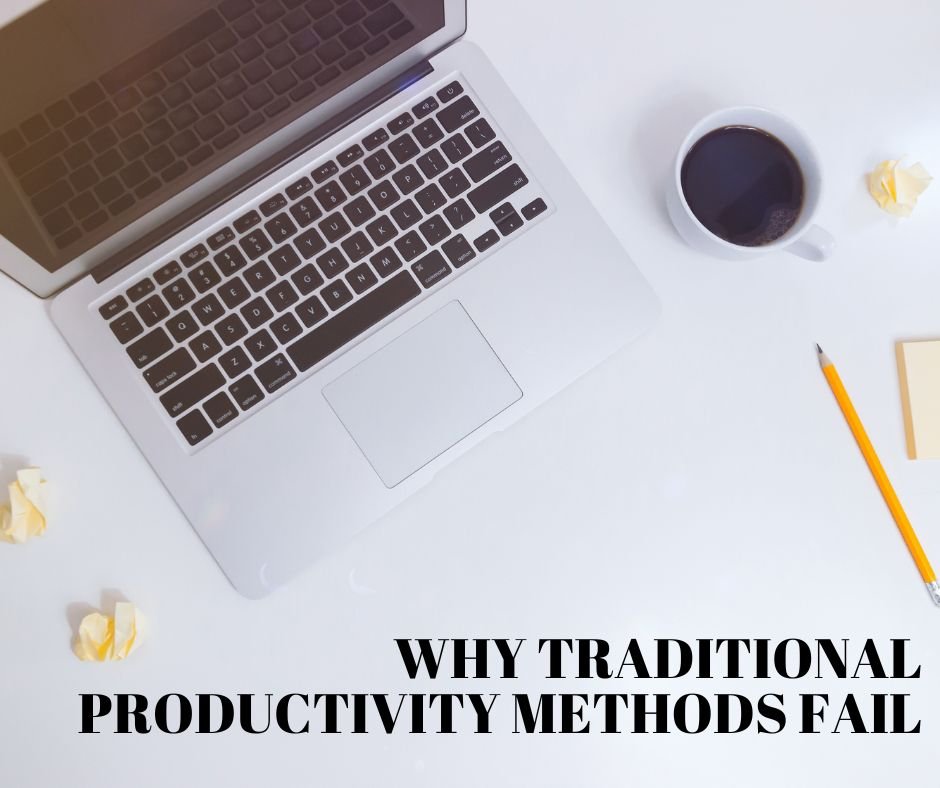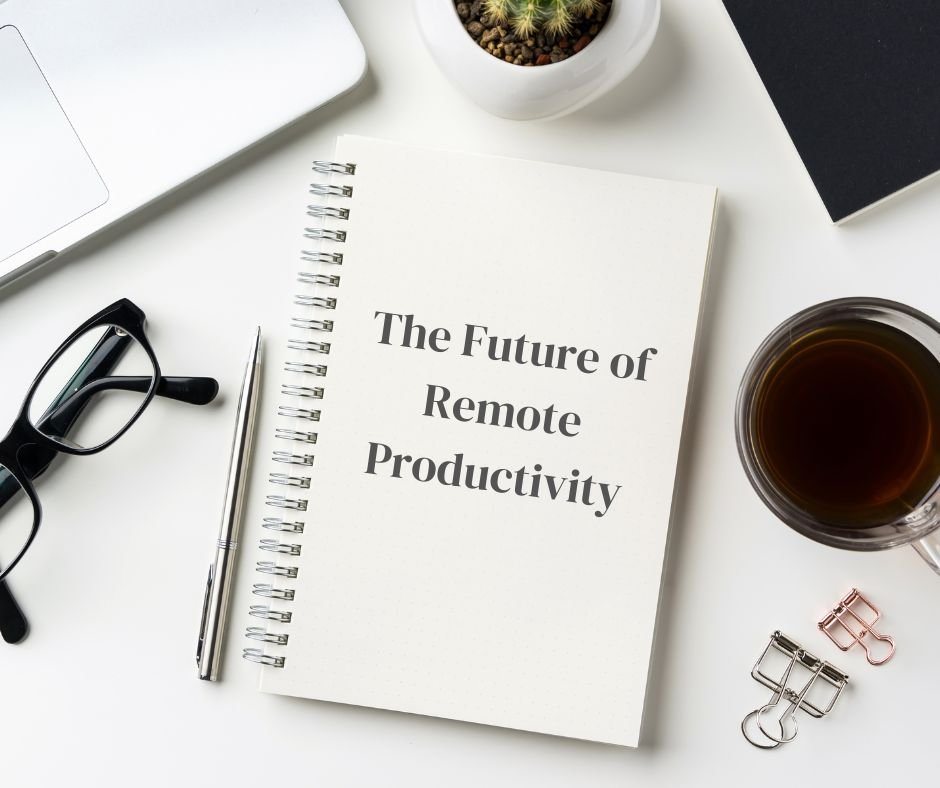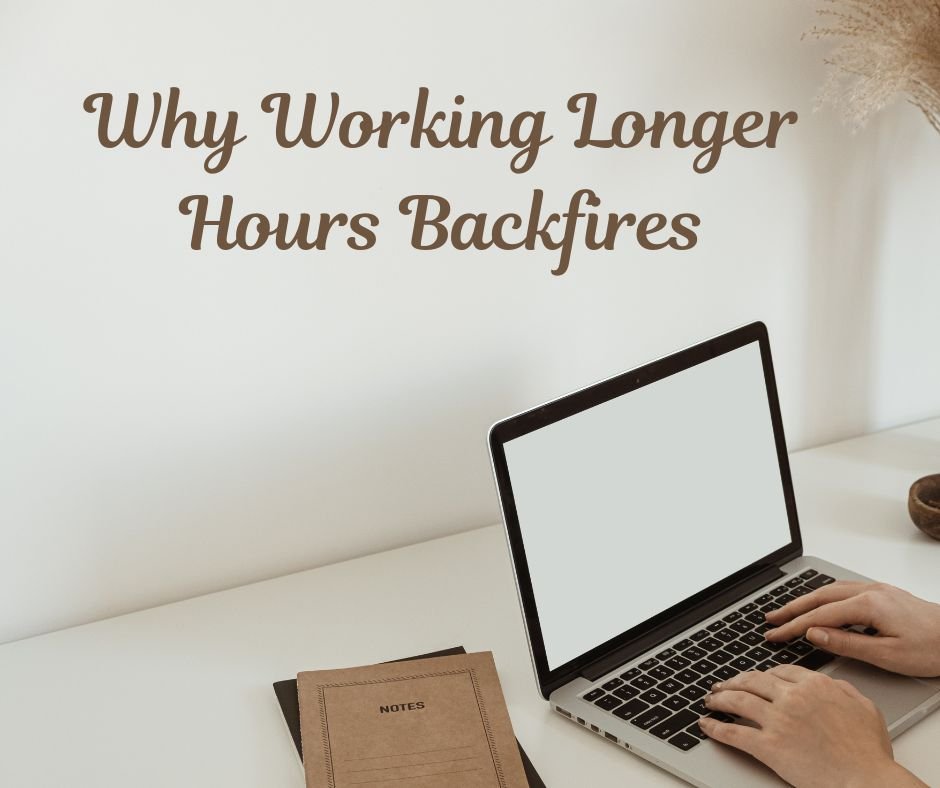10:00
5
min at reading….
Adarsh
Remote work was supposed to give us more freedom, yet many professionals find themselves working longer hours than ever before. A 2024 study by Stanford University revealed that 68% of remote workers now log more hours than they did in-office, while 57% report declining productivity. This paradox highlights a critical misunderstanding about how productivity actually works in distributed environments.
The Hidden Costs of Overworking Remotely
When we work from home, the boundaries between professional and personal time often blur. Without the natural bookends of a commute or office closure, many remote workers fall into the trap of continuous work. Research shows this approach backfires spectacularly.
Extended work hours lead to decision fatigue, where the quality of our choices deteriorates as mental exhaustion sets in. The American Psychological Association found that after 6 hours of continuous work, error rates increase by 42% in cognitive tasks. Furthermore, creativity—the lifeblood of knowledge work—plummets when we’re tired. A University of Chicago study demonstrated that sleep-deprived professionals generate 35% fewer innovative solutions to problems.
The physical impacts are equally concerning. Prolonged sitting (common in remote setups) correlates with increased risk of cardiovascular disease, while excessive screen time disrupts sleep patterns. Perhaps most alarmingly, the World Health Organization now recognizes workplace burnout as an occupational phenomenon, with remote workers being particularly vulnerable.
Why Traditional Productivity Methods Fail
Most productivity advice stems from office-era thinking that doesn’t translate well to remote environments. Time-tracking apps and rigid schedules often create more stress than results when applied to knowledge work. The fundamental flaw lies in confusing activity with achievement—measuring hours worked rather than value created.
Neuroscience reveals that our brains aren’t designed for marathon work sessions. The ultradian rhythm—our natural 90-120 minute focus cycle—means we operate best in bursts of concentrated work followed by proper rest. When we ignore these biological patterns, we experience diminishing returns on our time investment.

The Remote Productivity Reset
Breaking free from the overwork trap requires a fundamental mindset shift. Start by redefining what productivity means in your remote context. Instead of asking “How many hours did I work?” ask “What meaningful progress did I make?” This subtle reframing changes everything.
Implement protected focus blocks in your calendar—2-3 hour periods where you work on your most important task without interruptions. During these blocks, close email and messaging apps, silence notifications, and resist the urge to multitask. Research from the University of California Irvine shows that workers who protect their focus time complete tasks 50% faster with 40% fewer errors.
Equally crucial are recovery periods. Just as athletes need rest between training sessions, knowledge workers need mental breaks between intense focus blocks. True recovery means stepping away from screens entirely—taking a walk, stretching, or simply gazing out a window. These pauses allow your subconscious to process information and return refreshed.
Creating Sustainable Remote Work Habits
The most successful remote workers don’t just manage their time—they manage their energy. Track your natural rhythms for a week to identify when you’re most alert and creative. Schedule demanding cognitive work during these peak periods, and save routine tasks for your lower-energy windows.
Physical workspace design significantly impacts productivity. Ensure your home office promotes both focus and wellbeing. Position your desk near natural light (which regulates circadian rhythms), invest in ergonomic furniture, and consider noise-canceling headphones if your environment is noisy. Small environmental tweaks can yield significant productivity gains.
Technology should serve your productivity, not sabotage it. Use apps like Freedom to block distracting websites during focus periods, Toggl Track to analyze how you actually spend your time (not just how long you work), and Focusmate for virtual coworking accountability. The key is being intentional—every tool should solve a specific problem, not add complexity.
The Future of Remote Productivity
Forward-thinking companies are shifting from monitoring hours to measuring outcomes. They’re implementing results-only work environments (ROWE) where employees have complete flexibility in when and how they work, provided they deliver agreed-upon results. Early adopters report 32% higher productivity and 41% lower turnover compared to traditional remote setups.
Another emerging trend is asynchronous communication as the default. Instead of immediate responses, teams use tools like Loom for video updates and Notion for documentation, allowing colleagues to contribute when they’re at their best. This approach reduces interruptions and respects individual work rhythms.

Your 7-Day Productivity Reset
Day 1: Audit your current work patterns—when are you most/least effective?
Day 2: Implement one protected focus block
Day 3: Experiment with a proper lunch break away from screens
Day 4: Eliminate one unnecessary meeting from your schedule
Day 5: Try the 90-minute work sprint + 30-minute recovery method
Day 6: Optimize your workspace for focus and comfort
Day 7: Reflect and build your ideal weekly template
Rethinking Success in the Remote Era
True remote productivity isn’t about logging more hours—it’s about creating more value in less time. When we stop glorifying busyness and start respecting our biological needs, we unlock sustainable high performance. The most effective remote workers aren’t those who work the longest; they’re those who work smartest by aligning their efforts with natural rhythms and focusing on meaningful outcomes.
By embracing these principles, you can escape the productivity trap and create a remote work experience that’s both highly effective and genuinely sustainable. The future belongs to those who understand that productivity isn’t measured in hours, but in impact.

